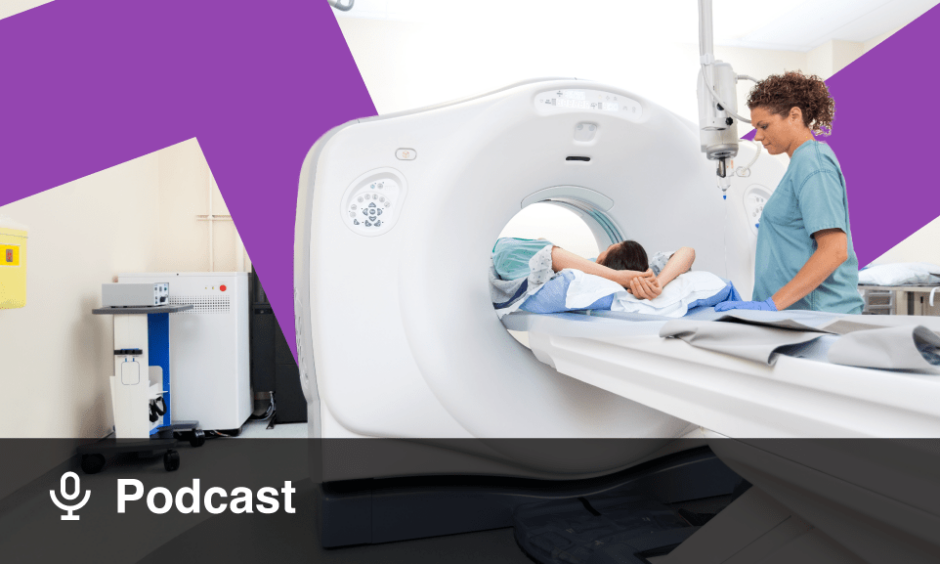RESEARCH presented at the Society of Nuclear Medicine and Molecular Imaging (SNMMI) meeting reveals a significant association between cardiovascular disease (CVD) and cognitive impairment, uncovered through PET/CT imaging. Lead author Eric Teichner, Thomas Jefferson University, Philadelphia, Pennsylvania, USA, commented, “Our findings underscore the link between CVD and cognitive decline, highlighting regional hypometabolism alongside increased carotid artery microcalcification.”
CVD is responsible for 32% of global deaths due to atherosclerosis-related complications, and diminishes organ oxygenation and blood flow, impacting cognitive functions when affecting carotid arteries. Unlike conventional CT and MRI, PET imaging detects early-stage vascular and neurological changes before clinical symptoms manifest and structural changes appear.
The study, part of the Cardiovascular Molecular Calcification Assessed by F-18 NaF PET/CT (CAMONA) initiative, involved 104 participants, of whom 38 were at risk for CVD and 66 were healthy volunteers. F-18 FDG PET measured cerebral glucose metabolism, while F-18 NaF identified atherosclerotic calcification. Significant correlations were observed, particularly in patients at CVD risk, where F-18 FDG PET uptake correlated directly with carotid F-18 NaF uptake in specific brain regions. The direct correlations between F-18 FDG PET and F-18 NaF uptake in the fusiform gyrus and globus pallidus may have indicated “potential compensatory mechanisms adopted by the brain in response to decreased blood perfusion,” commented the team.
Future research will aim to validate PET/CT’s clinical utility in detecting arterial calcification and predicting cognitive decline risk, according to the team. This study underscores PET imaging’s potential in advancing understanding and management of CVD-related cognitive impairment.
Reference
Teichner E et al. Presented at: SNMMI Meeting. 8-11 June 2024.








